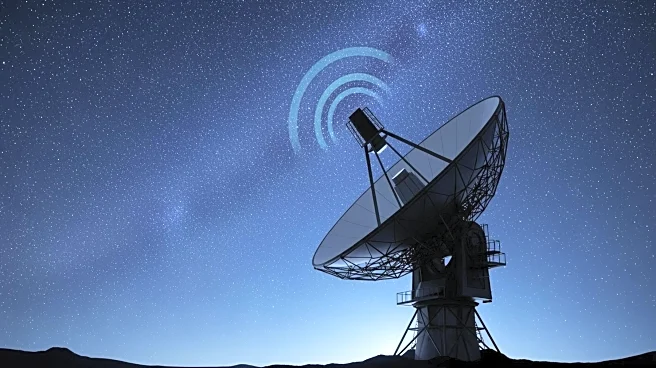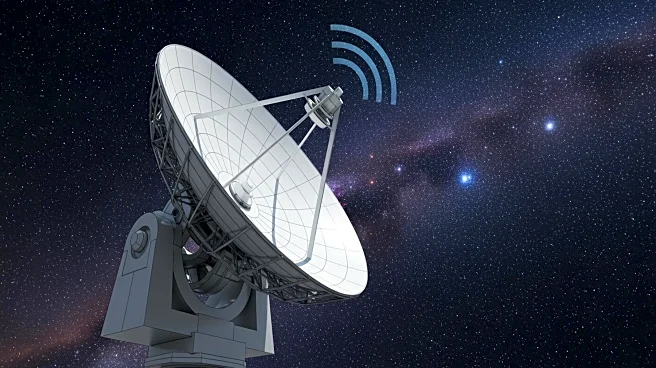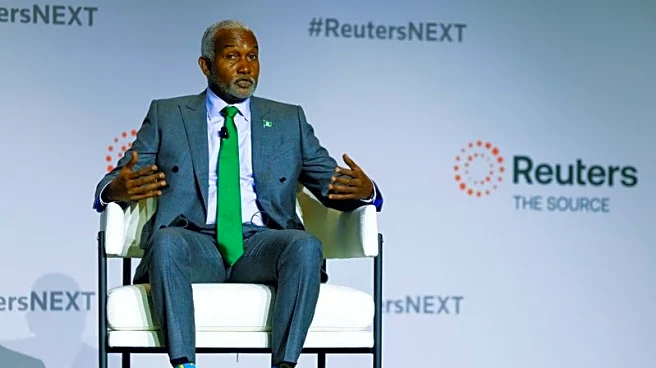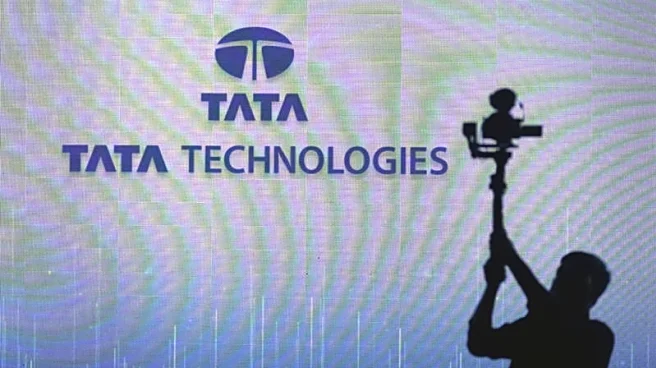What's Happening?
Omdia's latest report forecasts that global 5G Fixed Wireless Access (FWA) subscriptions will more than double by 2030, reaching 150 million. This growth is driven by rapid adoption in India and the United
States, with 5G networks expected to account for 88% of total FWA connections. The report highlights that the 5G FWA segment will expand at a compound annual growth rate (CAGR) of 23%, generating $46 billion in service revenues by the end of the decade. India is set to become the largest 5G FWA market, with 37 million subscriptions, representing 40% of the global market, largely due to Reliance Jio's nationwide rollout. The United States is projected to reach 20 million subscriptions, fueled by expanded broadband coverage through diversified FWA offerings. Other top markets include Nigeria, Italy, and Japan, while regions like Central and Southern Asia, Africa, and Latin America are emerging as fast-growing areas.
Why It's Important?
The rapid expansion of 5G FWA is significant as it represents a shift in broadband technology, potentially surpassing 4G FWA by 2027 and overtaking DSL as the third-largest broadband technology worldwide. This growth could position FWA as the second most common broadband access method after 2030, impacting traditional cable modem connections. The adoption of 5G FWA is crucial for operators who must innovate beyond legacy models, utilizing segmentation, bundling, and AI-based personalization to monetize these services effectively. The expansion of 5G FWA is expected to enhance broadband coverage, particularly in underserved regions, thereby contributing to global digital inclusion and economic development.
What's Next?
Operators are expected to continue innovating their 5G FWA offerings, with examples like Finland's Elisa launching dedicated network slices for remote workers and gamers. The integration of AI capabilities into customer premises equipment (CPEs) is anticipated to enhance smart home services and increase average revenue per user (ARPU). As the technology matures, operators will likely explore new tariff innovations and service differentiation strategies to capture market share and meet diverse consumer needs. The ongoing development of 5G FWA could lead to further advancements in broadband technology and service delivery.
Beyond the Headlines
The growth of 5G FWA could have broader implications for digital infrastructure and connectivity, particularly in regions with limited access to traditional broadband services. The technology's ability to provide high-speed internet access without extensive physical infrastructure could accelerate digital transformation and economic growth in developing areas. Additionally, the focus on AI and digital twin technologies in FWA offerings may drive advancements in smart home and IoT applications, further integrating technology into daily life and business operations.












